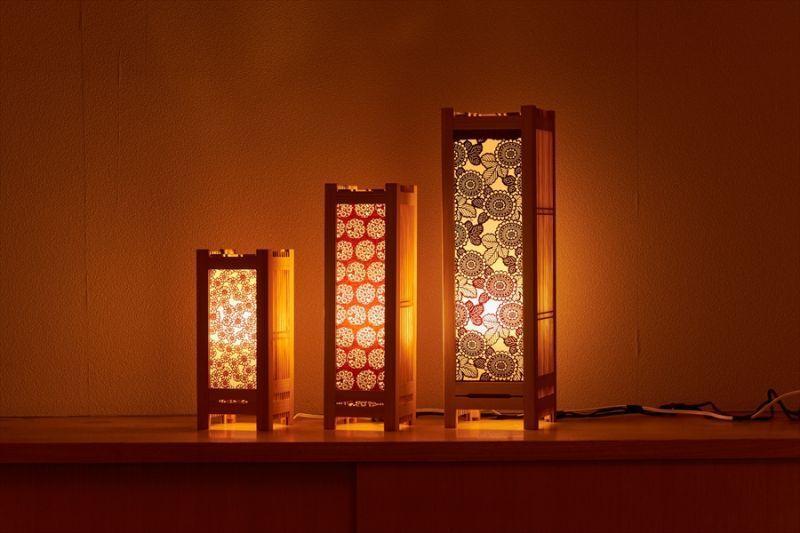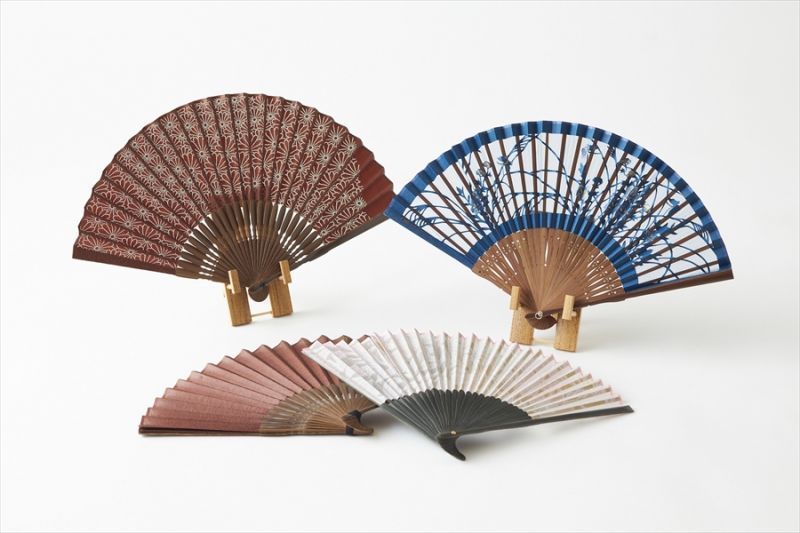The Kimono’s Secret: Ise Katagami
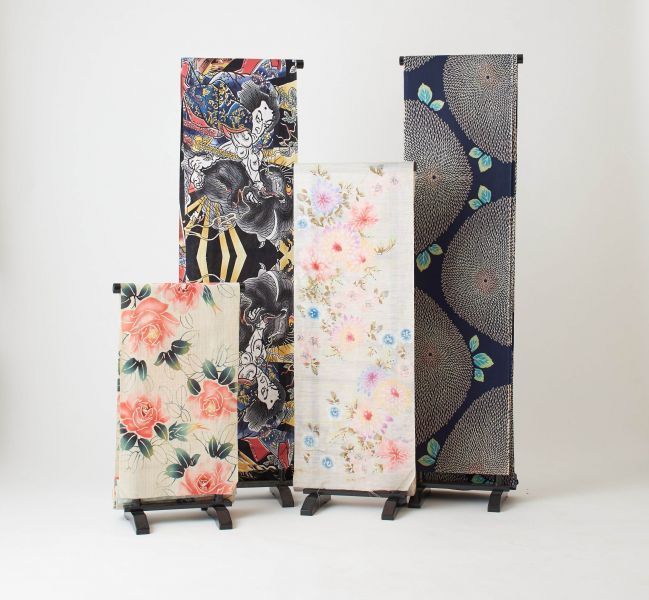
Ise katagami plays an indelible part in the story of kimono. Regarded as “the soul of Japanese aesthetics,” the ancient art of these stencils for dyeing fabric influenced design within Japan and beyond. Once ardently sought by the rich and powerful as a symbol of beauty, Ise katagami designs transformed the aesthetic sense of Japanese people, advanced the art of manufacturing, and elevated the province of Ise to become a vital hub of the fashion world.
Written by Ren Wong
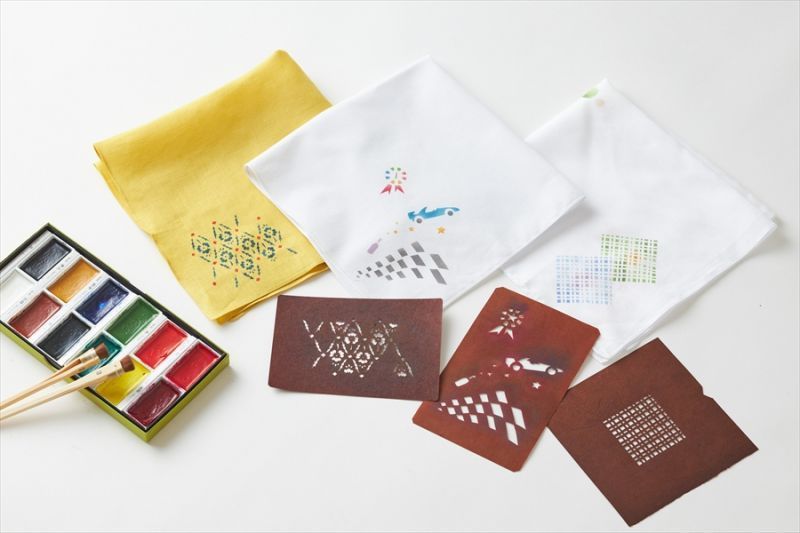
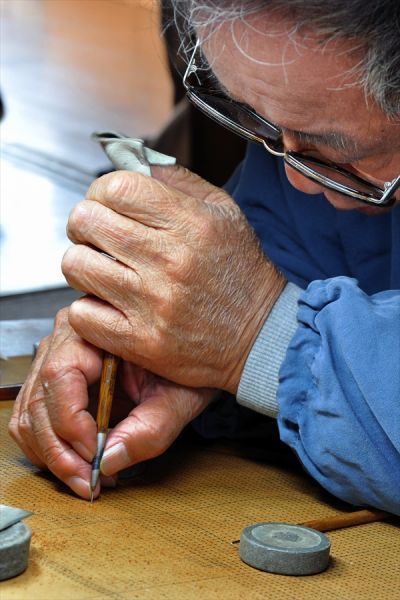
As Ise katagami’s carving technique is designated as an Important Intangible Property of Japan, Ise katagami are created by highly skilled artisans. Six artisans were designated as Living National Treasures in 1955.
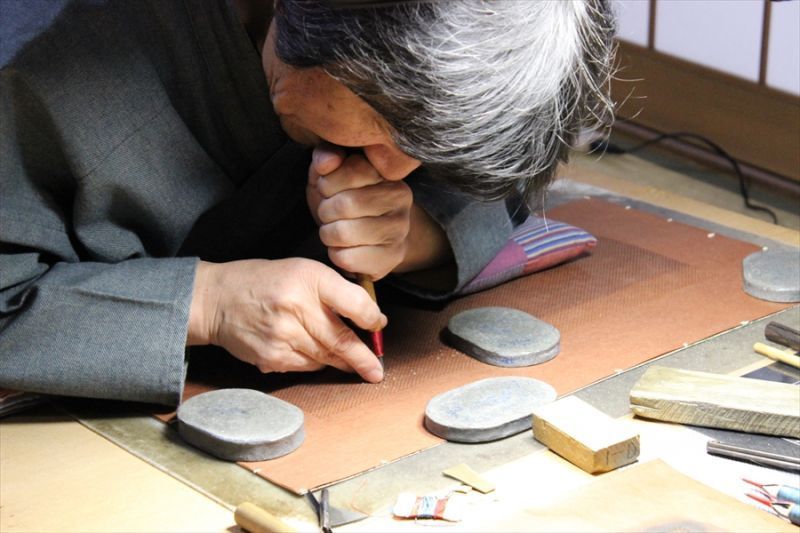
First, several sheets of Japanese paper, washi, are pasted together with glue made from persimmon to begin an about 50-day process of repeating scraping, sun-drying, and smoking over wood chips. Then rested for a year, the sheet becomes a leather-like base upon which designs are drawn. Finally, they are cut using four basic techniques: shimabori (stripe carving), tsukibori (push cutting), kiribori (drill carving) and dougubori (hole punching). At the Ise Katagami Museum located in a late Edo-era estate, young artisans are trained, surrounded by samples from centuries past. At the Suzuka City Dento Sangyo Kaikan (Traditional Industries Museum), workshops allow visitors to experience this craft hands-on. The task is simple yet requires great sensitivity, focus, and skill. As artisan Mitsuru Kobayashi humbly explains, “I just try to achieve perfection.”

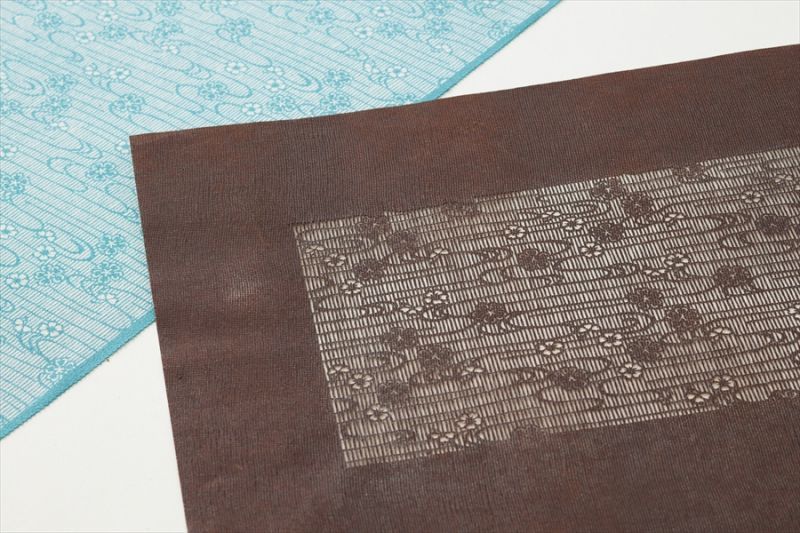
Legends swirl around the origins of the technology. Some believe it was sparked when a temple priest noticed patterns made on leaves eaten by caterpillars. Others believe it came from Kyoto during the Onin War (1467-77). Muromachi era (1336-1573) paintings show katagami used in kimono production¬, implying a history of more than 500 years. Although katagami may have existed in several areas, the ones produced in the Shiroko and Jike areas of Suzuka City in Mie Prefecture emerged to achieve great fame as “Ise Katagami.”

This fame reached its peak in the peaceful, culturally dynamic Edo era when the wealth of merchants began to rival the power of samurai. In those days, strict sumptuary laws were enacted, banning displays of luxury and prohibiting certain fashions. To skirt such regulations, “komon,” or “small pattern” fabric, flourished. From afar such fabric appears plain, but upon closer inspection tiny intricate patterns are revealed. Adorning samurai ceremonial dress and the kimonos of Kyoto aristocracy, komon kimono became the epitome of iki, or “chic.” The way to create such subtly exquisite fabric was the use of katagami, among which Ise katagami reigned supreme.

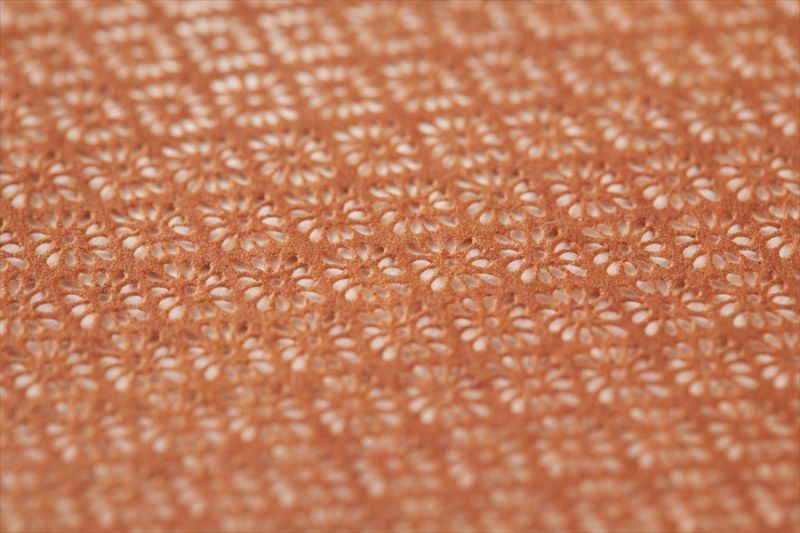
This power was bolstered as the industry fell under the protection of the Kishu Domain that ruled Ise. The Kishu Domain, tied to the Tokugawa shogunate, protected the intellectual property rights of Ise katagami, forbidding production in any other area. As proof of the technology’s prestige, merchants who dealt with these stencils were partly granted the same privileges as samurai. These things cemented the position of Ise katagami, which went on to boost the entire kimono fashion industry. Ironically, the sumptuary laws meant to tame the rise of the merchant class had made some merchants more powerful than ever.
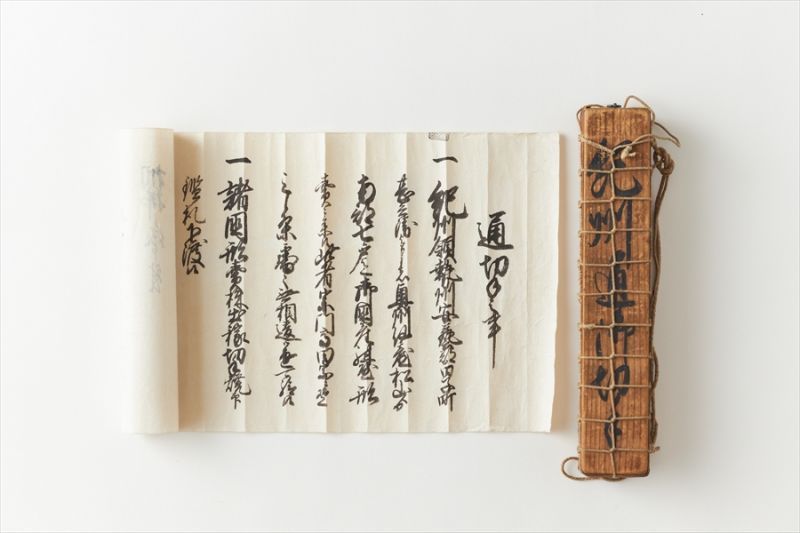
The fortunes of Ise katagami have risen and fallen in tandem with kimono, but with Japan’s opening in the Meiji era, many were brought to the West. The timeless beauty of the stencils was treated as great artworks, influencing international design movements, especially Art Nouveau and Art Deco. Recently, in 2014, Gucci also created a handbag with katagami pattern applied to deer leather, and the Dresden Museum exhibited the world’s largest collection of over 15,000 katagami discovered in its own storage rooms.
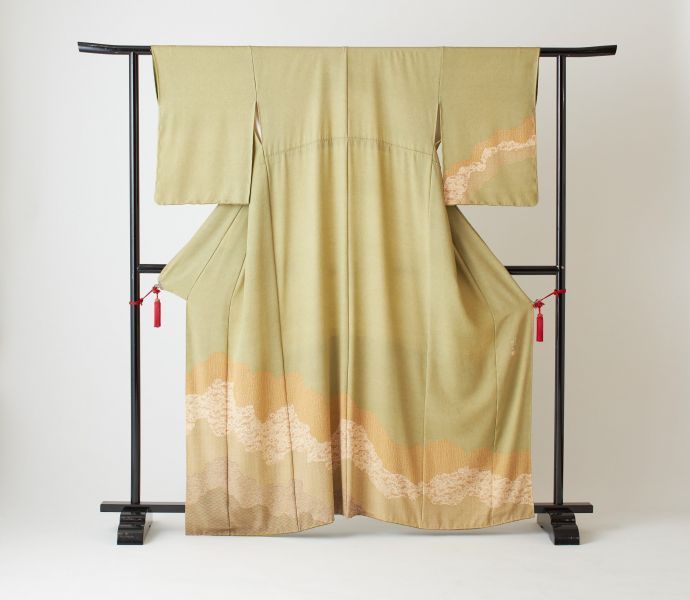
Today, kimono fashion is waning and demand for such stencil work has diminished, yet some of these stencils are being refashioned as interior decorations, such as they were used in the G7 Ise-Shima Summit in 2016 and also at local hotels like Toba Hotel International. So perhaps it is time for these artworks of Ise to emerge from behind the kimono curtain and take on a new life of their own. Although Ise katagami may be facing an existential crisis due to the age of its artisans and a dearth of apprentices, greater global awareness of this ancient art will hopefully inspire a new generation to carve out its place in history.
